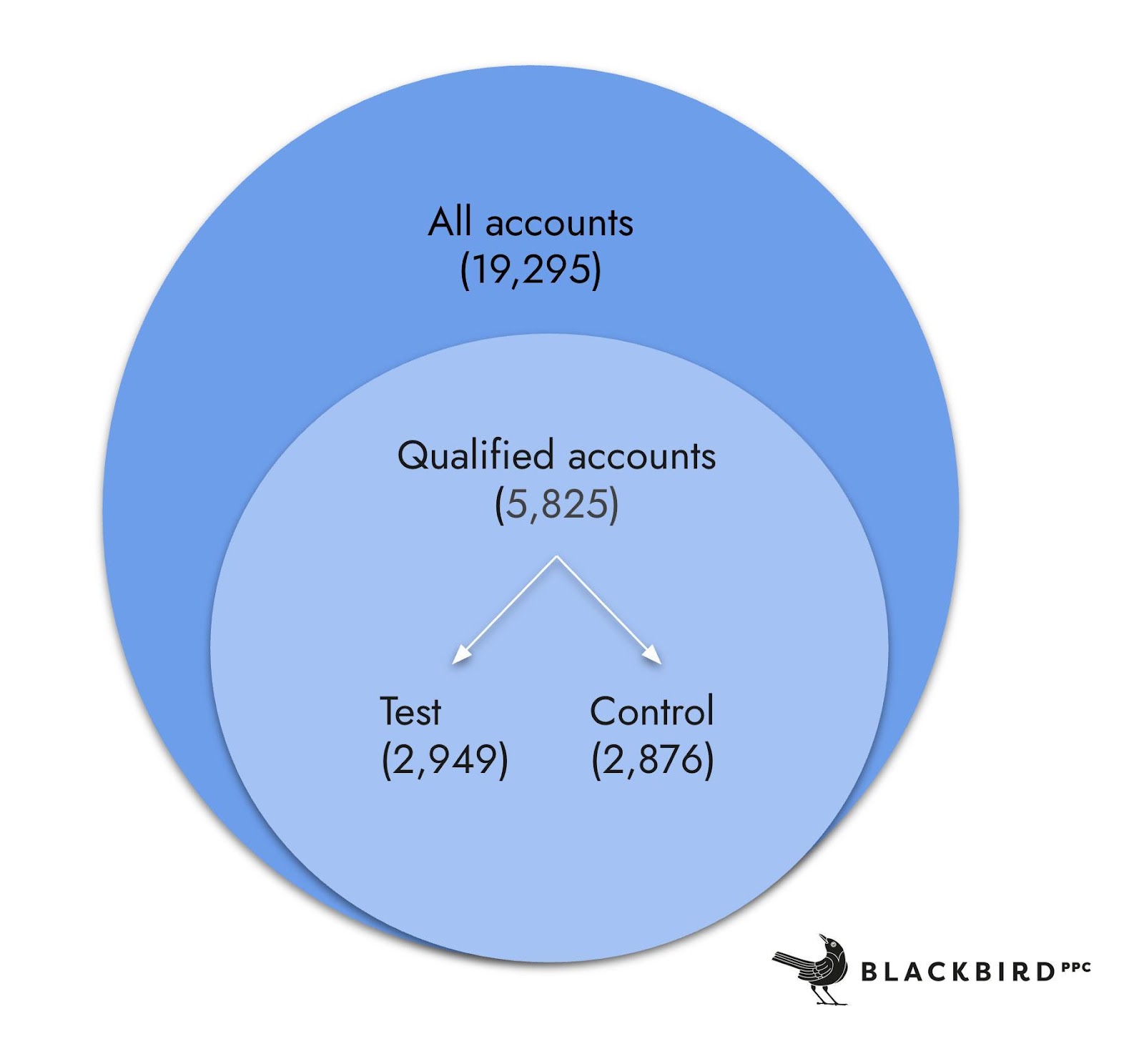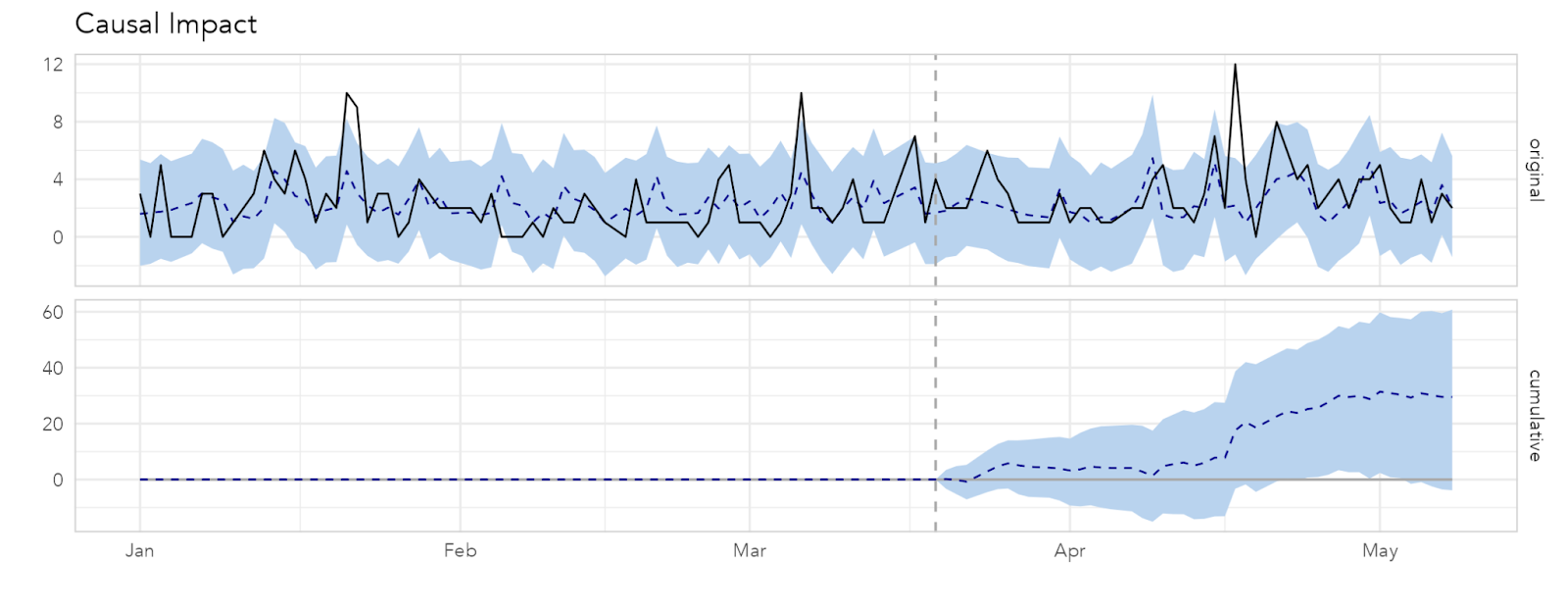How upper-funnel LinkedIn ABM drives measurable impact

Account-based marketing (ABM) campaigns make it easy to precisely target the brands in your ideal customer profile (ICP) without a pricey martech platform.
LinkedIn’s native targeting capabilities let you avoid third-party fees and keep your budget focused on the accounts that matter most.
The tradeoff is cost: LinkedIn ABM campaigns can be expensive to run, which means they require careful planning and measurement.
Many advertisers default to lead gen ads because they’re straightforward to execute and track, while overlooking upper-funnel campaigns whose long-term impact is harder to measure.
But ABM works best when both upper- and lower-funnel tactics work together.
To test this, our team developed a new LinkedIn ABM framework designed to integrate upper-funnel campaigns with lead gen campaigns – and measure how awareness efforts influence downstream results.
This article breaks down that approach and the test design behind it.
Our ABM test design
In this approach, our client shared a list of >5,800 accounts (out of a total list of nearly 20,000) to target based on firmographics, intent data, and/or fit scoring.
From there, our team devised a method to split the account list roughly in half to create test and control segments.

In the test segment, we would:
- Deploy upper-funnel LinkedIn campaigns (sponsored image ads with an objective of website visits) to warm up those target accounts.
- Then run lower-funnel/lead gen LinkedIn campaigns (sponsored image ads with a lead gen objective) to capture the demand we were building in the upper funnel.
Accounts in the control segment were shown only the lower-funnel/lead gen ads.
At launch, we used LinkedIn’s targeting capabilities to focus ads toward a set of job titles, including:
- Data scientists.
- Data engineers.
- Data architects.
- Data platform leaders (the brand is a SaaS platform that helps customers build data pipelines).
After roughly six weeks, we iterated and split out data science/data engineer titles from the data architects/data platform leaders titles.
The data science/data engineer titles were dominating impression volume when all were combined.
Our test evaluation methodology
The idea was to create an online controlled experiment that would measure the incrementality of upper-funnel paid media in ABM campaigns, in addition to regular lead gen paid media.
Without this type of test, measuring the value of upper-funnel media is difficult. Multiple teams – marketing, sales, customer success, and executives – often target and nurture the same accounts, complicating attribution.
To divide the 5,800 accounts into test (2,949) and control (2,876) lists, we identified groups of accounts that had performed similarly in terms of daily lead volume over the past few months.
The test and control segments were large enough and had established similar enough results, over a long enough window, for us to be statistically confident that any difference in performance could be attributed to our intervention.
- Pre-intervention effect size: 0.09%
- P-value: 0.37
Testing details
- Hypothesis: Upper-funnel ABM initiatives on LinkedIn help increase lead volume from lower-funnel LinkedIn campaigns.
- Test accounts: Users see both brand awareness and lead gen ads in LinkedIn.
- Control accounts: Users only see lead gen ads in LinkedIn.
- Method: Causal Impact to measure the delta in terms of sessions and leads across groups over time.
- Duration: 90 days.
Get the newsletter search marketers rely on.
See terms.
Measuring incremental performance
With robust control and test accounts established, we started running our upper-funnel ABM campaigns.
We used the causal impact method to specifically measure how test accounts performed compared to control accounts over time.
In the example below, after a 45-day period, we found a +30% increase in leads across test accounts compared with control accounts, with a p-value under 0.05.
This means the probability of obtaining this effect by chance was small, so we could confidently conclude the causal effect was statistically significant.
In short, our upper-funnel ABM initiative was causing this increase.

Analysis report:
- The response variable had an overall value of 139.00. Had the intervention not taken place, we would have expected a sum of 109.48. The 95% interval of this prediction is [77.91, 142.34].
- The above results are given in terms of absolute numbers. In relative terms, the response variable showed an increase of +30%. The 95% interval of this percentage is [-2%, +78%].
- The probability of obtaining this effect by chance is very small (Bayesian one-sided tail-area probability p = 0.039). This means the causal effect can be considered statistically significant.
Moving forward with upper-funnel ABM
The results of this test led us to prioritize integrating upper-funnel campaigns with our existing down-funnel ABM lead gen campaigns.
Because every client is different, we’re running tests like the one I laid out in this post before we fully implement the strategy.
The segmentation for the tests will vary by client.
For instance, instead of account-based segmentation, we are running tests for specific verticals and specific geos. However, the measurement structure remains the same.
Overall, we’re seeing very good and compelling results, particularly when the campaigns are promoting new and/or particularly complex products that benefit from awareness and education built early in the purchase journey.
One important note to close on: with B2B initiatives, even starting with an ABM list, producing leads is rarely good enough.
Numbers only tell part of the story. You need to make sure those leads are qualified, high-value, or simply real.
We recommend setting up a way to measure fit scoring to build trust around the quality of these incremental leads ABM was able to bring.
When you’re assessing lead quality, consider factors like:
- Job title.
- Site metrics (page views, time on site, etc.).
- Content consumption.
- Sales team feedback on lead quality or buyer intent.
- Post-engagement surveys from prospects or customers.
Make sure you’re creating a feedback loop with your findings to refine your targeting as you go.
This will help you create even more incremental impact from your upper-funnel campaigns.







Recent Comments